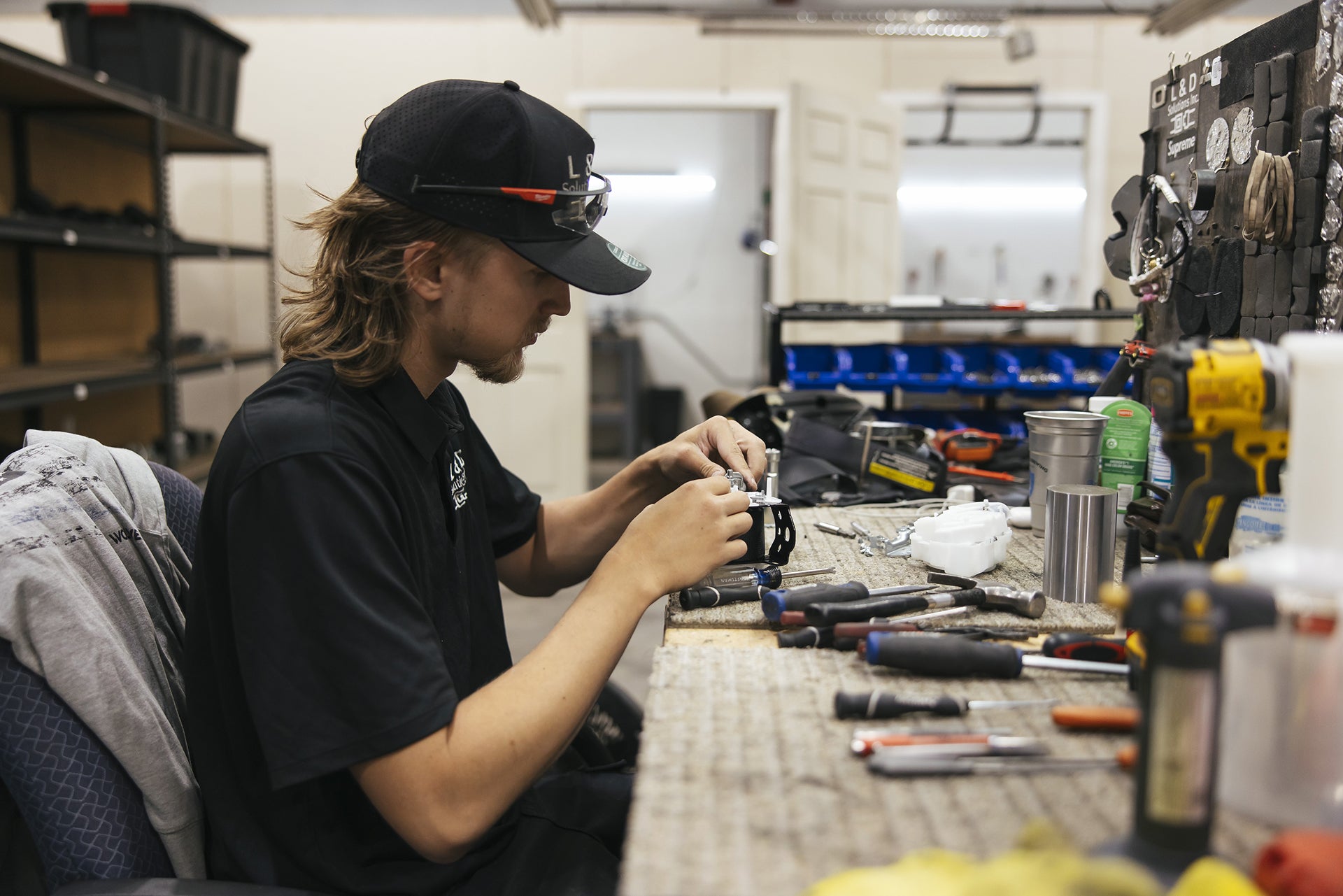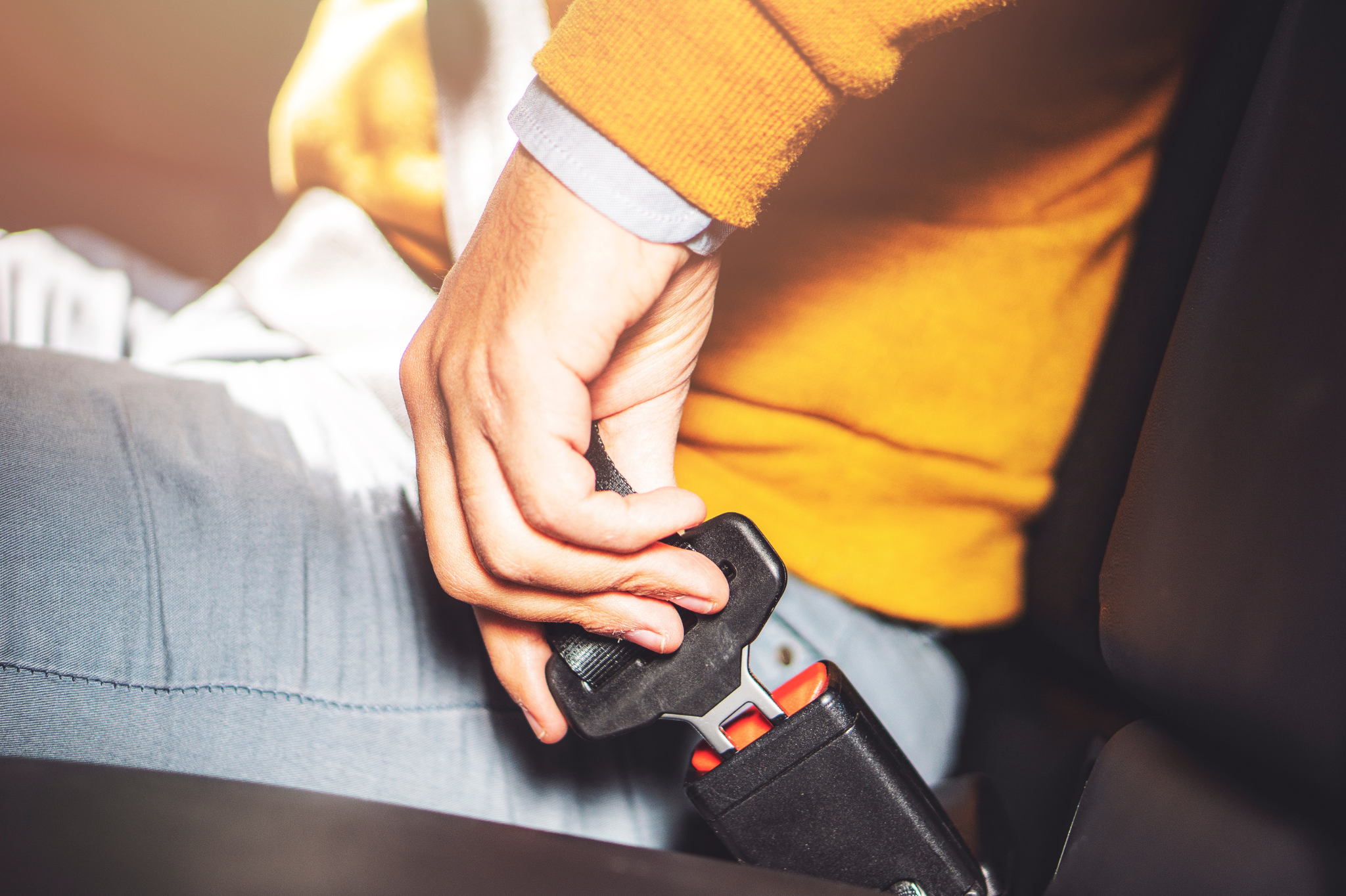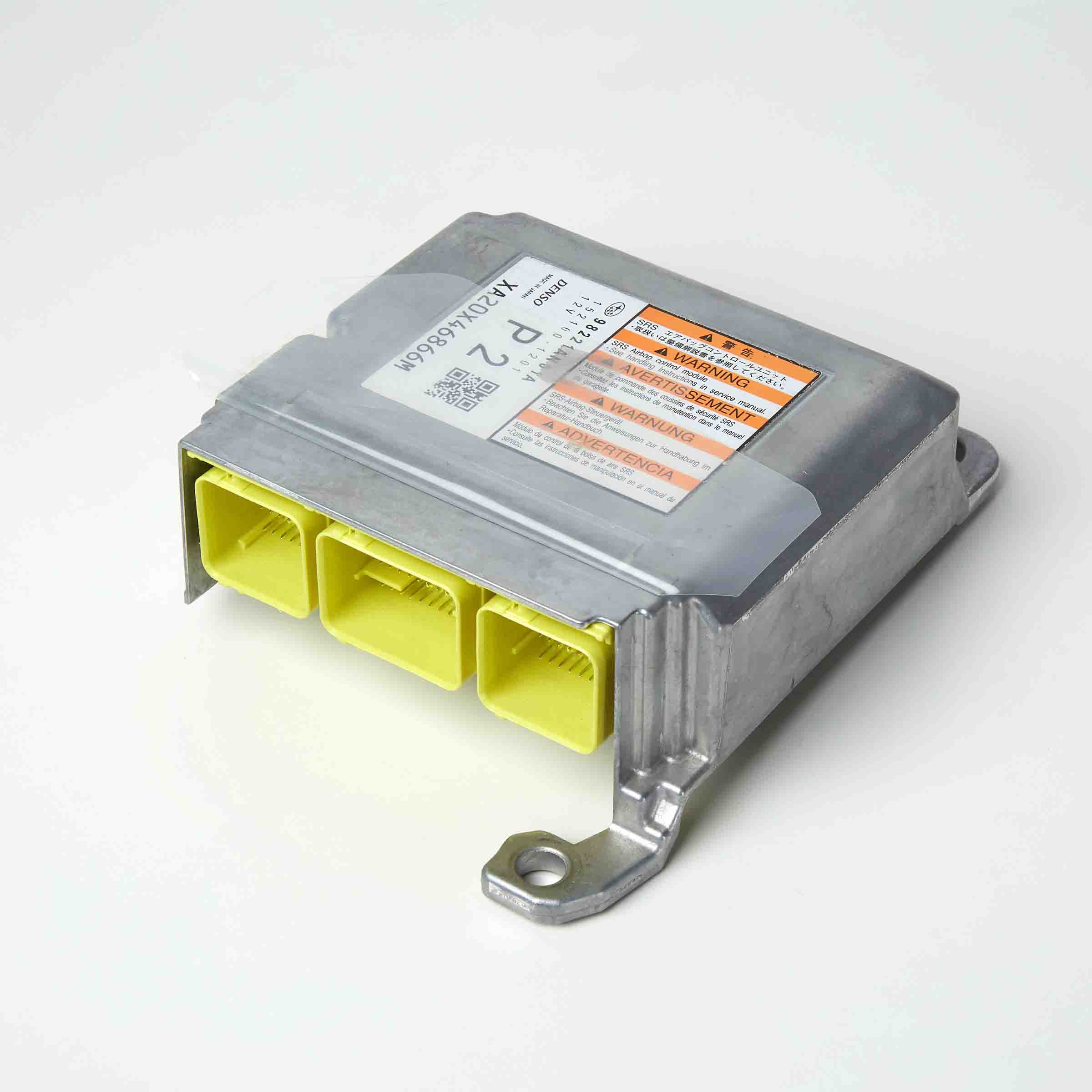Night driving can be a daunting task, as the absence of natural light increases the risk of accidents. Visibility is compromised, depth perception is altered, and the glare from oncoming headlights can temporarily blind drivers. In addition, fatigue often sets in after dark, which can slow reaction times. To stay safe when traveling after sunset, it's crucial to understand these challenges and take proactive measures to ensure safety on the road.
Ensuring Your Vehicle is Night-Ready
Before embarking on any nighttime journey, make sure your vehicle is ready for the task. This means conducting regular checks on your headlights, taillights, brake lights, and turn signals to ensure they're functioning properly and are well-aligned. Clean your windows (inside and out) to remove any film or streaks that could impair your visibility. Also, check your windshield wiper blades and replace them if necessary, to avoid streaking that can be exacerbated by the headlights of oncoming traffic.
Adjusting Your Driving Habits
Adapt your driving style to suit the conditions of the night. Because of reduced visibility, reduce your speed and increase your following distance to give yourself more time to react to unforeseen obstacles. Also, be mindful of your headlight use, switching to low beams when there are oncoming vehicles to avoid blinding other drivers. Use your high beams judiciously in rural areas, but always be ready to dim them for oncoming traffic or when following another vehicle.
Combatting Fatigue and Drowsiness
Fatigue is a significant hazard when driving at night. To combat drowsiness, try not to drive during hours when you would normally be asleep. Keep the interior of the car cool and well-ventilated, as warm, stuffy environments can increase sleepiness. If possible, share driving duties with a passenger to allow for regular breaks. If you're feeling tired, pull over safely to take a short nap or get some fresh air and stretch your legs.
Enhancing Visibility and Focus
To maximize visibility, keep your dashboard lights dimmed to reduce glare and improve your forward visibility. Make sure to use your mirrors effectively, but be aware that cars behind you can create glare in your mirrors, too. Avert your eyes from oncoming headlights to avoid being temporarily blinded, and focus on the white line on the right side of your road to help maintain your lane position.
Coping with Glare and Reflections
Glare from oncoming headlights can hinder your ability to see clearly. Anti-glare glasses, or lenses with an anti-reflective coating, can help minimize this problem. It's also important to keep your headlights clean and properly adjusted so that you're not causing excessive glare for other drivers. Additionally, regular eye check-ups are important to ensure your night vision is as good as possible.
Staying Alert to Other Road Users
Be aware that other road users, including pedestrians, cyclists, and motorcyclists, are even harder to see at night. Drive cautiously in areas where these individuals might be present. Look for reflective materials or lights that indicate their presence. Rural and residential areas where people may be walking along the road or crossing the street without a designated crosswalk require special attention.
Navigating Inclement Weather and Dark Conditions
Bad weather can impair visibility further during night driving. In addition to turning on your headlights, use fog lights if your vehicle is equipped with them. Rain, snow, and fog lights can improve visibility and help other drivers see you. Slow down and keep ample distance from other vehicles, understanding that stopping distances may increase on wet or icy roads.
Night Driving Safety: A Collective Responsibility
Ultimately, safety on the roads at night is a collective responsibility. Be considerate of others; report malfunctioning streetlights, share the road responsibly, and always drive sober and alert. By being proactive and heedful of the specific demands of night driving, you can minimize your risks and ensure a safe journey for yourself and your fellow travelers.




Leave a comment
This site is protected by hCaptcha and the hCaptcha Privacy Policy and Terms of Service apply.